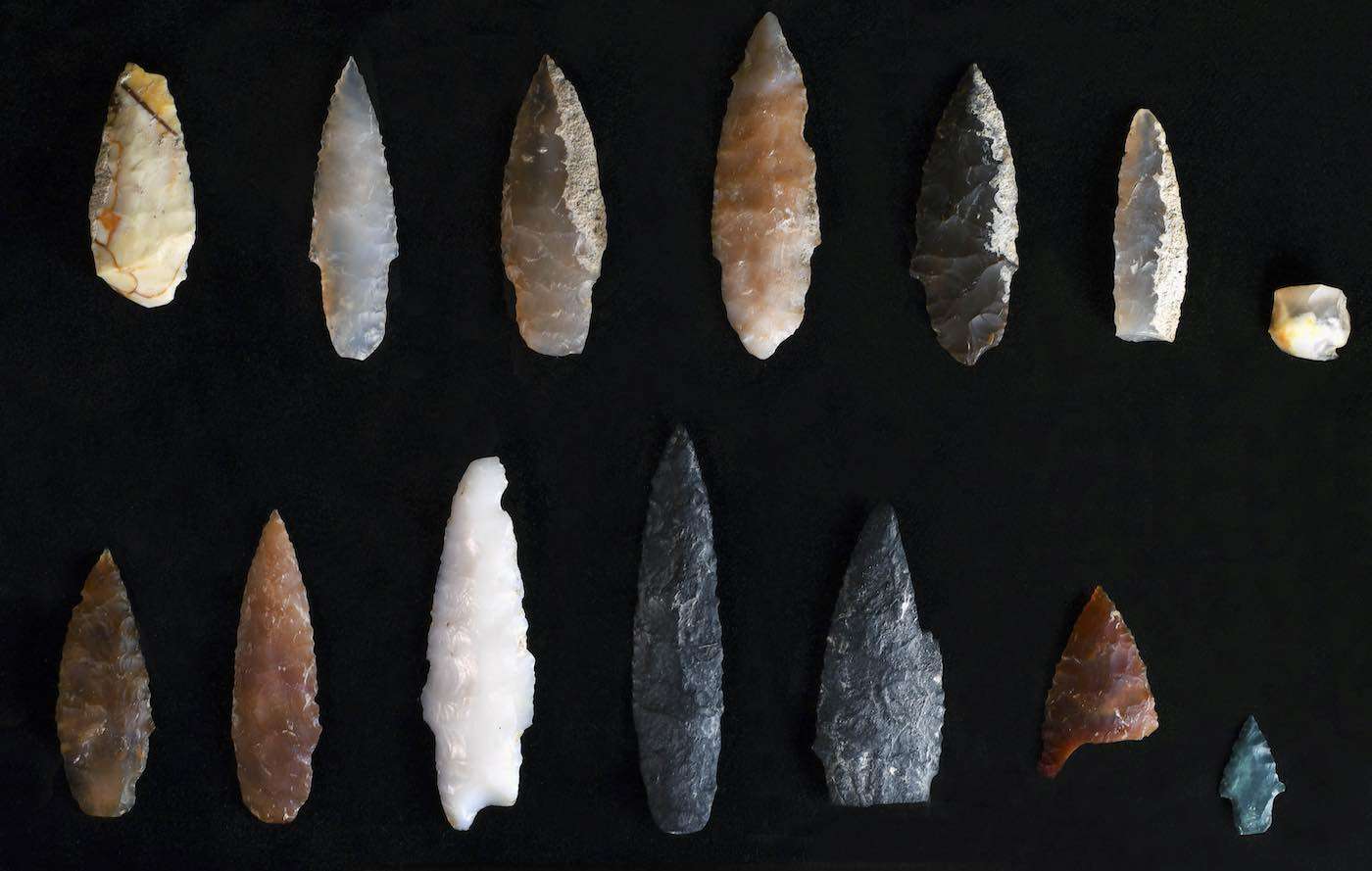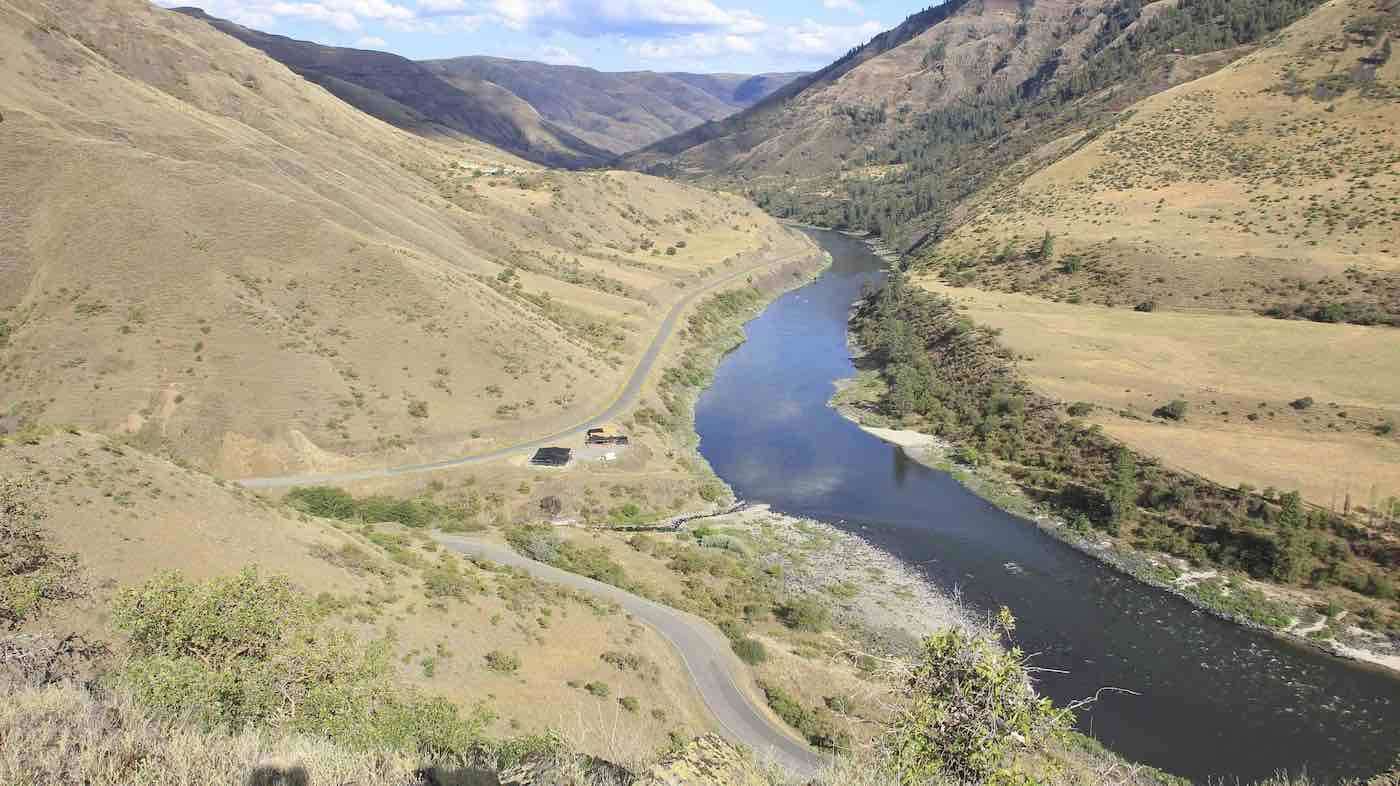Residents of Tiny Town of Tampa, Kansas, Are Flown to Tampa, Florida for 'Trip of a Lifetime'
Every one of the 100 Kansas residents in a town called Tampa were invited on a free trip to visit Florida-to experience 'the other Tampa'.

Archaeologists have uncovered weapon points that are thousands of years older than any others previously found in the Americas.
Researchers from Oregon State University have dated the "projectile points" discovered in Idaho to around 16,000 years ago.
Rather than outfitting arrows or spears, they were likely attached to darts, which were "deadly" hunting weapons, despite their small size.
The 13 full and fragmentary projectile points are razor sharp and range from one-half to two inches long.
Carbon dating shows they are 3,000 years older than the Clovis fluted points found throughout North America, and 2,300 years older than the points previously found at the same Cooper's Ferry site on the Salmon River.
The site is on traditional Nez Perce land (a spot known as the ancient village of Nipéhe), and the team works closely with the tribe to provide field opportunities for tribal youth and share all their findings.
"From a scientific point of view, these discoveries add very important details about what the archaeological record of the earliest peoples of the Americas looks like," said Professor Loren Davis, who led the dig.

"It's one thing to say, ‘We think that people were here in the Americas 16,000 years ago;' it's another thing to measure it by finding well-made artifacts they left behind."
Previously, Davis's team had found simple flakes and pieces of bone at the site that indicated human presence around that time.
Even more fascinating, the points are revelatory not just in their age, but in their similarity to projectile points found in Hokkaido, Japan, dating from 16,000 to 20,000 years ago.
He says their presence in Idaho adds more detail to the hypothesis that there are early genetic and cultural connections between the ice age peoples of North East Asia and North America.
"By comparing these points with other sites of the same age and older, we can infer the spatial extents of social networks where this technological knowledge was shared between peoples," explained Davis.
He says the slender projectile points are characterized by two distinct ends, one sharpened and one stemmed, as well as a symmetrical beveled shape if viewed head-on.
"There's an assumption that early projectile points had to be big to kill large game; however, smaller projectile points mounted on darts will penetrate deeply and cause tremendous internal damage. You can hunt any animal we know about with weapons like these."
Prof. Davis says the discoveries add to the emerging picture of early human life in the Pacific Northwest, adding: "Finding a site where people made pits and stored complete and broken projectile points nearly 16,000 years ago gives us valuable details about the lives of our region's earliest inhabitants."
The newly discovered pits are part of the broader Cooper's Ferry record, for which the team had previously researched a 14,200-year-old fire pit and a food-processing area. They even found the remains of an extinct horse.
The scientists have found and mapped more than 65,000 items and published their findings in the journal Science Advances.
All excavation and recording work has been completed and the site is now covered—but the data continues to rewrite the history of how early humans crafted and used stone weapons.
MAKE A POINT by Sharing This Fascinating Research on Social Media…
Be the first to comment